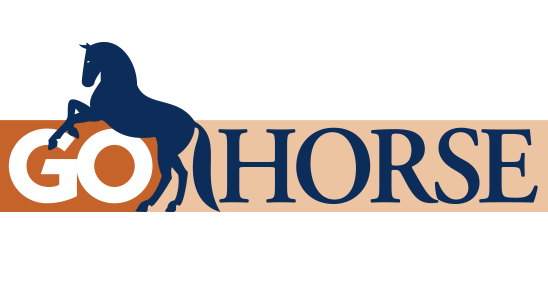
Most of Degas ‘ works can be attributed to the great movement of Impressionism, born in France in the 1860s in reaction to the academic painting of the time. The main characteristics of Impressionist art are generally the new use of light and the outdoor subjects; dancers with snappy muscles, singers on the stage, running horses… the French painter Edgar Degas tells us about modern life in 19th century Paris. A life made up of racecourses, café-concerts, music and ballets at the Opéra. Discover now all our trips, tours, holidays and horse trekking in France. He does it in a new way and with experimental techniques and he often uses procedures borrowed from photography. The racing theme recurs in the Degas’s work, an artist who is inspired by the daily life of his contemporaries.
This fact allows the painter to face a traditional subject, such as jockeys and horse racing, transferring it to a modern context. Indeed, it was during the second half of the 19th century that the running fields became a very fashionable place for socializing. Bourgeois Parisians like Degas share their passion for this entertainment of British and aristocratic origin. Degas is also attracted to this theme for the possibilities it offers to study forms and movement. Degas was also influenced by the various English artists specialized in depicting horse racing which, at that time, were all fashionable.

Marengo and Napoleone: you don’t need to be tall to be great. Marengo (circa 1793–1831) was Napoleon Bonaparte’s famous war horse. It took its name in memory of the battle won in Alessandria, during the second campaign of Italy in June 14, 1800, through which it led its knight unharmed. Among a stable of over […]

The famous “White Turf” opens on February 4th, when the frozen lake becomes the racing track for magnificent thoroughbreds. But it is not just about racing, but a real social event, elegance and style are mixed with the passion for this sport of pure adrenaline. The best thoroughbreds in Europe, ridden by internationally renowned jockeys, […]